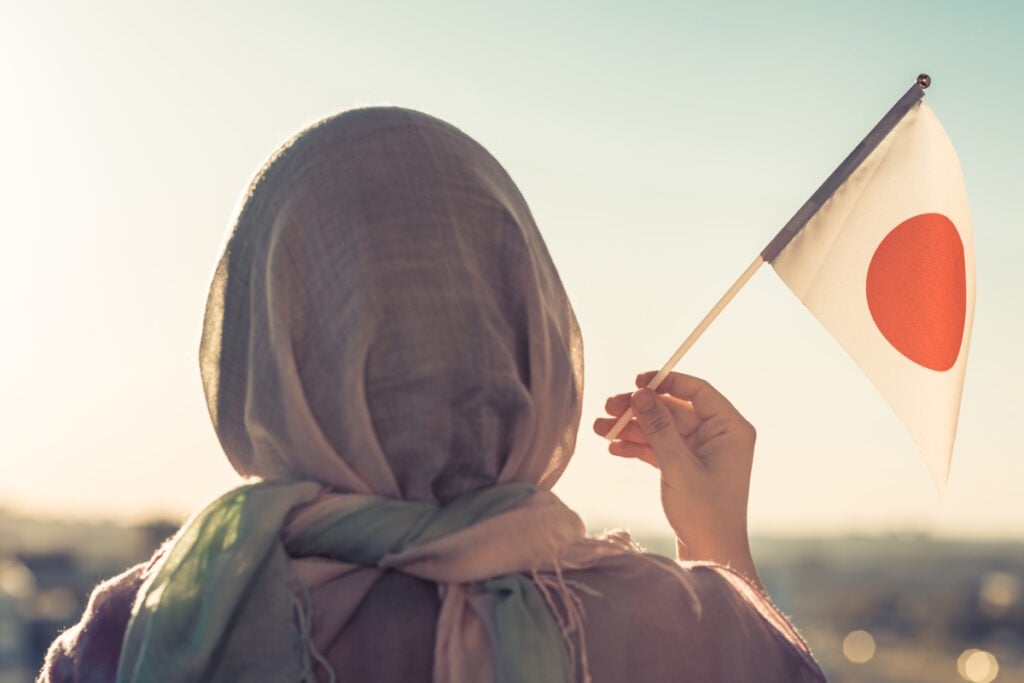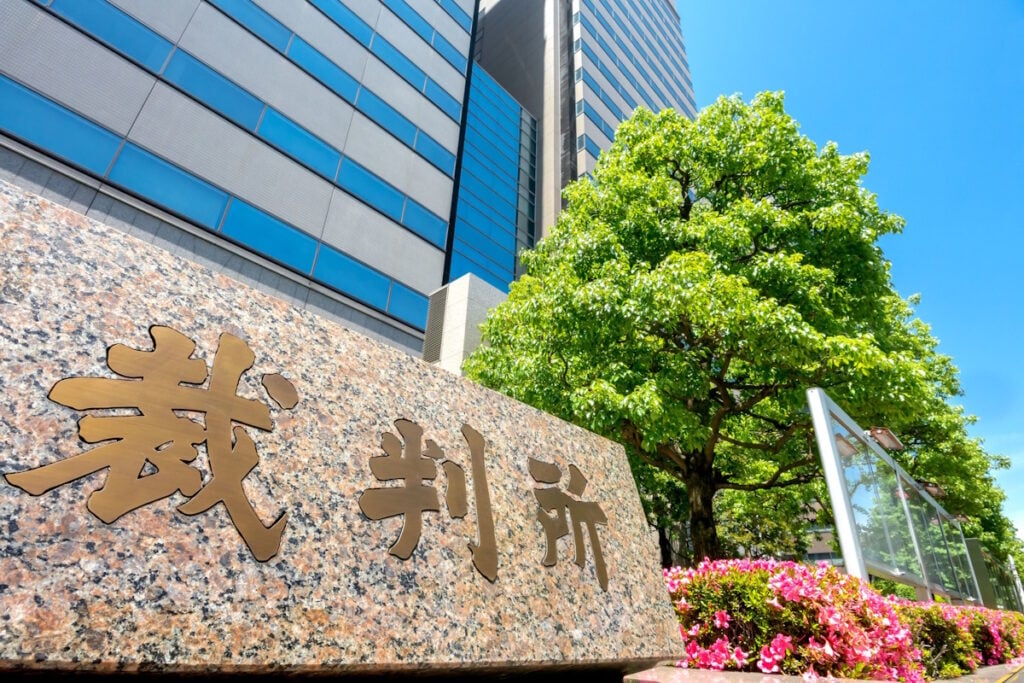As Japan’s youth suicide rate hits record levels, authorities are searching for solutions to address the epidemic. Kumamoto City in Kumamoto Prefecture thinks it has an idea: security cameras as an antidote to bullying.
I wrote back in January about the spike in suicide among elementary, middle, and high school-age kids. The country saw suicides among this cohort climb to 527 in 2024, a sad new record. “School problems” – bullying being key among them – was cited as the number one factor driving self-harm.
To address the issue, Asahi Shimbun reports, Kumamoto’s Board of Education collected opinions from a committee of experts consisting of university professors, lawyers, school principals, and parental figures. As part of its findings, the committee related that kids who are subjected to bullying requested that schools install security cameras to catch bullies in the act.
On top of catching bullies, teachers say that security cameras would address parental concerns around corporal punishment. The practice, once commonplace in Japanese schools, has fallen quickly out of favor as everyone involved realizes what a bad idea it is.
The major concern, naturally, is over privacy, with some concerned this would violate students’ and teachers’ rights – especially if footage leaked to the public.
Some experts say the move wouldn’t address a primary channel for bullying – social media and messaging apps, such as LINE. “Bullying doesn’t just happen in the classroom,” said Arai Hajime, a professor at Kansai Gaidai University.
However, others, like security advisor Kyoshi Mika, endorse the move, saying that schools should take care to account for “blind spots” and areas with low foot traffic that students – or teachers – might use to avoid detection of bad acts.
Japan’s Ministry of Education, or MEXT, says it doesn’t have any established rule that would forbid this. However, it also doesn’t know of any existing precedent. It says it’ll leave the judgment about whether or not to proceed up to the school.
If you or someone you love is in crisis, please reach out for help. Those in Japan you can call the following numbers:
Planning a trip to Japan? Get an authentic, interpreted experience from Unseen Japan Tours and see a side of the country others miss!

"Noah [at Unseen Japan] put together an itinerary that didn’t lock us in and we could travel at our own pace. In Tokyo, he guided us personally on a walking tour. Overall, he made our Japan trip an experience not to forget." - Kate and Simon S., Australia

See a side of Tokyo that other tourists can't. Book a tour with Unseen Japan Tours - we'll tailor your trip to your interests and guide you through experiences usually closed off to non-Japanese speakers.


Want more news and views from Japan? Donate $5/month ($60 one-time donation) to the Unseen Japan Journalism Fund to join Unseen Japan Insider. You'll get our Insider newsletter with more news and deep dives, a chance to get your burning Japan questions answered, and a voice in our future editorial direction.
0570-064-556 for kokoro-no-kenkou-soudan (こころの健康相談) operated by prefectorial and city organizations
0570-783-556 for inochi-no-denwa (いのちの電話) operated by Federation of Inochi No Denwa.
For English language help in Japan, reach out to TELL.
If you are in the US call 911 for emergencies and 988 for the suicide hotline.
Why this page doesn't look like crap
You may notice a few things about this page. First, it’s mostly content – not ads. Second, this article was written by a human, not a plagiaristic Turing machine.
Unseen Japan is a collective of independent authors. We work hard to keep our content free of intrusive ads and AI slop.
Help us keep it that way. Donate to the Unseen Japan Journalism Fund to support our work. Regular donors will receive Insider, our paid newsletter with weekly bonus content about Japan. Plus, your contribution will help us produce more content like this.
What to read next

False Claim of “Muslim Lunches” Makes Japan’s Kitakyushu a Hate Target
No, the city of Kitakyushu isn’t offering “Muslim lunches” to students. Other schools in Japan, however, have – and with heartwarming results.

Tokyo Court: Company President’s Harassment Led to Employee’s Suicide
The woman, an employee of cosmetics maker D-Up, said the company’s president called her a “stray dog” before putting her on leave.

Fear of a Black Japan: A “Hometown” Program With Africa Sparks Racist Protests
A simple misunderstanding led some Japanese citizens to protest an initiative they worry will lead to a flood of African immigrants.

